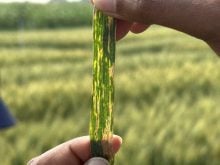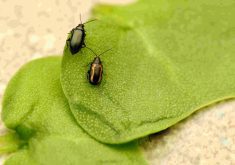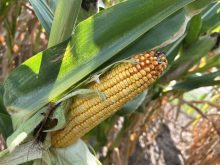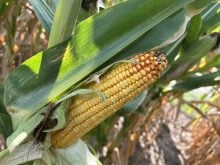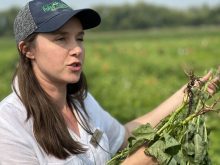Don’t only count the bad bugs before deciding to spray — count the good ones as well, says Jordan Bannerman of the department of entomology at the University of Manitoba.
Bannerman is developing a new decision-making tool that will provide growers a way to predict whether there are enough natural insect enemies present in the crop to reduce aphid numbers to the point where spraying becomes unnecessary.
“The current economic threshold for soybean aphid tends to overrecommend treatment in some cases because it is slightly conservative based on current scouting methods,” Bannerman told the recent Manitoba Agronomists Conference in Winnipeg. “There is good evidence that natural enemies are important and can potentially improve decision-making and ultimately save growers money.”
Read Also
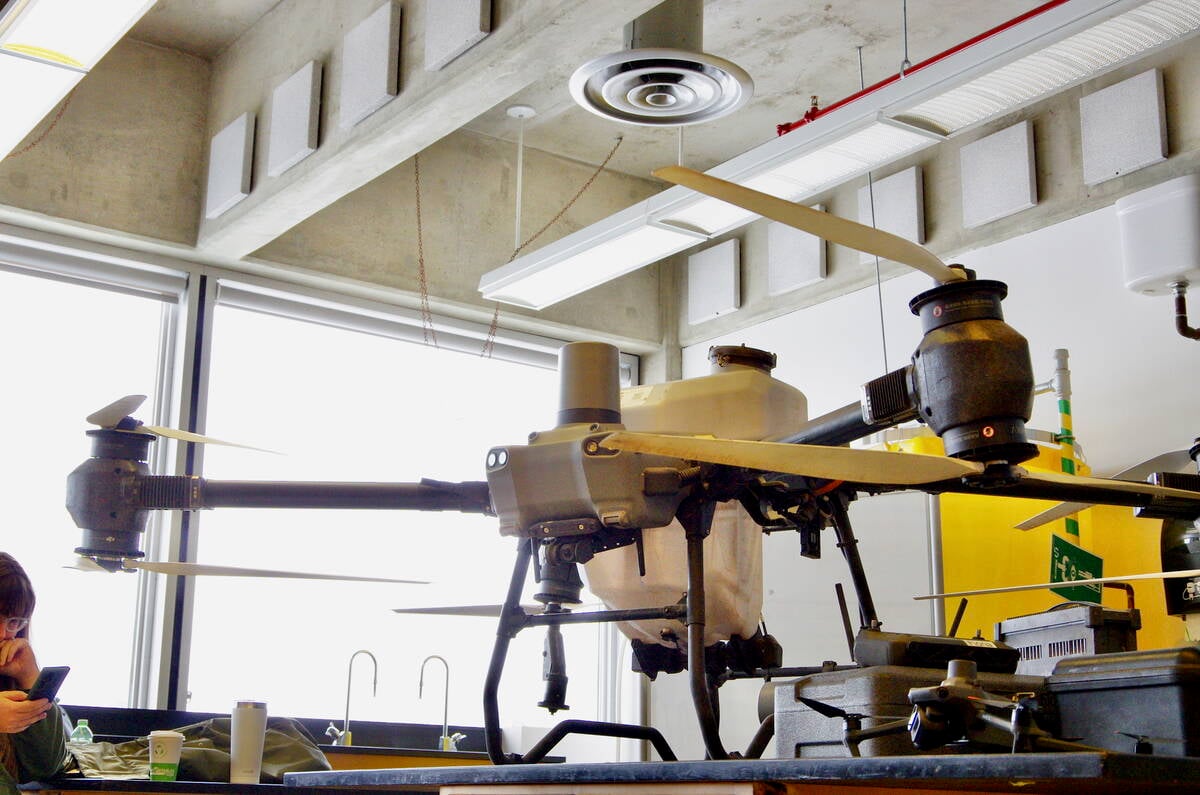
Manitoba trials work toward drone spraying approvals
Canada’s PMRA says pesticides need drone-specific labels before drone spraying can take off; Manitoba crop trials are adding data towards that approvals process.
- Read more: Soybean white mould control options limited
A severe aphid infestation in soybeans (when levels reach around 657 aphids per plant) can cause significant yield loss and once the economic threshold of 250 aphids/plant is reached, growers usually have about a seven-day window in which to decide whether or not spraying makes economic sense for them.
If growers count natural enemies (NE) such as ladybird beetles, predatory bugs and flies, lacewings and parasitoid wasps at the same time they scout their fields and record aphid numbers, they can use these counts to calculate a dynamic action threshold (DAT).
“Using the DAT, growers can adjust the economic threshold for aphids based on how many NE units they have in the field. For example, if no NE are present the economic threshold will be 250 aphids/plant, but if there is one NE unit per plant the economic threshold will be almost 500 aphids/plant because you are factoring in all the control those NE will offer,” Bannerman said.
When four soybean growers in Ontario used the DAT system in a small-scale trial, none decided to spray and none of the fields reached the injury level threshold of 567 aphids per plant.




